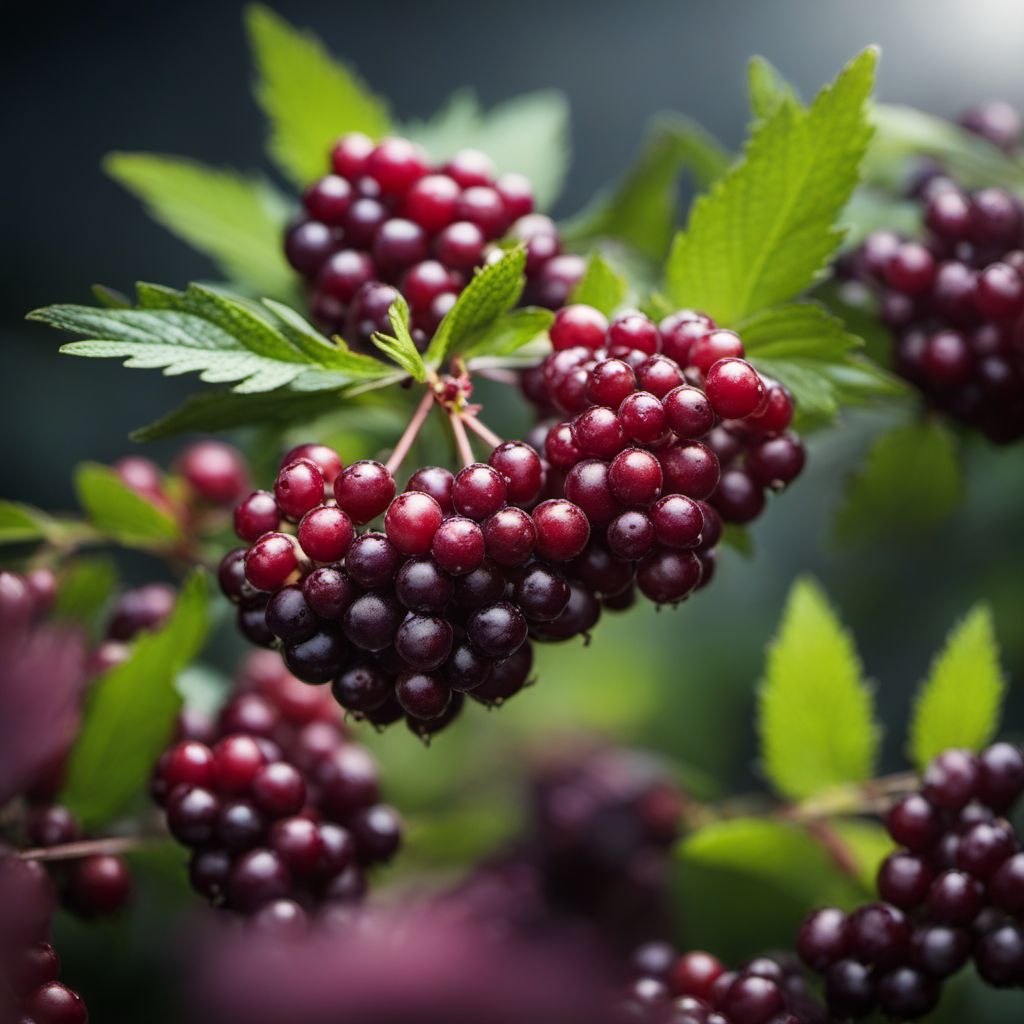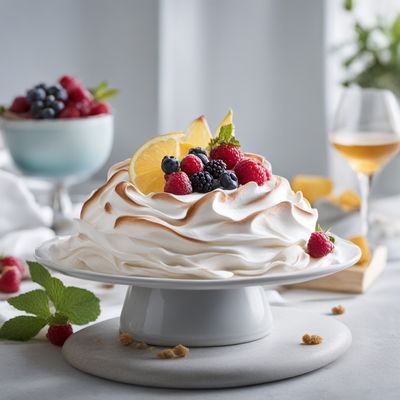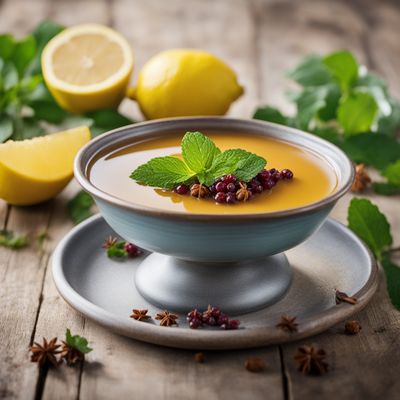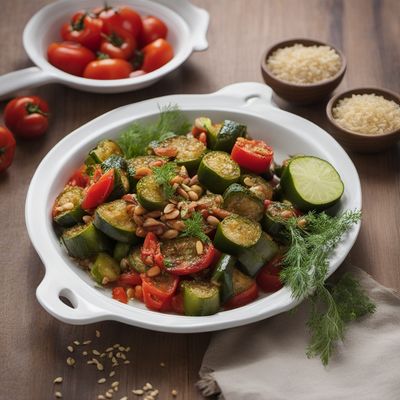
Ingredient
Elderberries
The Power of Elderberries
Elderberries are small, dark purple berries that grow in clusters on the elder tree. They have a tart and slightly sweet taste, with a deep, rich flavor. The berries are juicy and have a soft, delicate texture. Their vibrant purple color adds visual appeal to any dish.
Origins and history
Elderberries have a long history of use in traditional medicine and culinary practices. They have been used in various cultures around the world for their immune-boosting properties and as a natural remedy for colds and flu. Elderberries are native to Europe and North America, and they have been used in traditional European and Native American cuisines for centuries.
Nutritional information
Elderberries are a good source of vitamin C and dietary fiber. They also contain antioxidants and have anti-inflammatory properties. Additionally, elderberries are low in calories and fat.
Allergens
Elderberries may cause allergic reactions in some individuals, especially those who are allergic to other berries or have pollen allergies. It is advisable to consult with a healthcare professional if you have any concerns or known allergies.
How to select
When selecting elderberries, look for plump, firm berries that are uniformly dark purple in color. Avoid berries that are shriveled, moldy, or have a strong odor. Fresh elderberries are often found in the produce section of grocery stores or farmers markets, while dried elderberries can be found in the dried fruit or herbal tea section.
Storage recommendations
To store fresh elderberries, remove any stems or leaves and place them in a breathable container or bag in the refrigerator. They can be stored for up to a week. Dried elderberries should be stored in an airtight container in a cool, dark place, away from moisture and sunlight, to maintain their quality and flavor.
How to produce
Elderberries can be grown in your own backyard or garden. They thrive in temperate climates and require well-drained soil and full sun. The elder tree can be propagated from cuttings or purchased as a young plant from a nursery. With proper care and maintenance, you can enjoy a bountiful harvest of elderberries.
Preparation tips
Elderberries can be used in a variety of culinary creations. They are commonly used to make jams, jellies, syrups, and sauces. Elderberry pie, elderberry wine, and elderberry-infused desserts are also popular. In savory dishes, elderberries can be used to make marinades, dressings, and glazes for meats. They can also be added to salads or used as a garnish for cheese plates.
Availability
Elderberries are commonly available in Europe and North America, where they are native. They can also be found in other parts of the world, such as Australia and New Zealand, where they have been introduced and cultivated.
More ingredients from this category » Browse all

Che berries
The Exotic Delight: Che Berries

Phalsa fruits
The Exotic Jewel of Summer: Phalsa Fruits

Bayberries
The Hidden Gems of the Forest

Midland hawberries
The Hidden Gems of Midland: Exploring the Delights of Hawberries

Silverberries
The Shimmering Gems of the Culinary World

Guelder rose berries
Guelder Rose Berries: Nature's Vibrant Gems

Riberries
The Vibrant Delight

Hawberries
The Vibrant Delight: Exploring the World of Hawberries

Saskatoons
The Sweet Berry of the Prairies

Buffalo berries
The Tangy Delight of Buffalo Berries

Sorb fruits
The Sweet and Tangy Delights of Sorb Fruits

Red elderberries
The Vibrant Gems of the Forest
Recipes using Elderberries

Dorset Delight Meringue
Luscious Dorset Meringue Kisses

Fliederbeersuppe with a Twist
Velvety Elderberry Soup: A German Delight

Acederas rehogadas with a Twist
Tangy and Flavorful Spanish Acederas rehogadas

Greek Stuffed Vegetables
Mediterranean Delight: Greek Stuffed Vegetables Bursting with Flavor